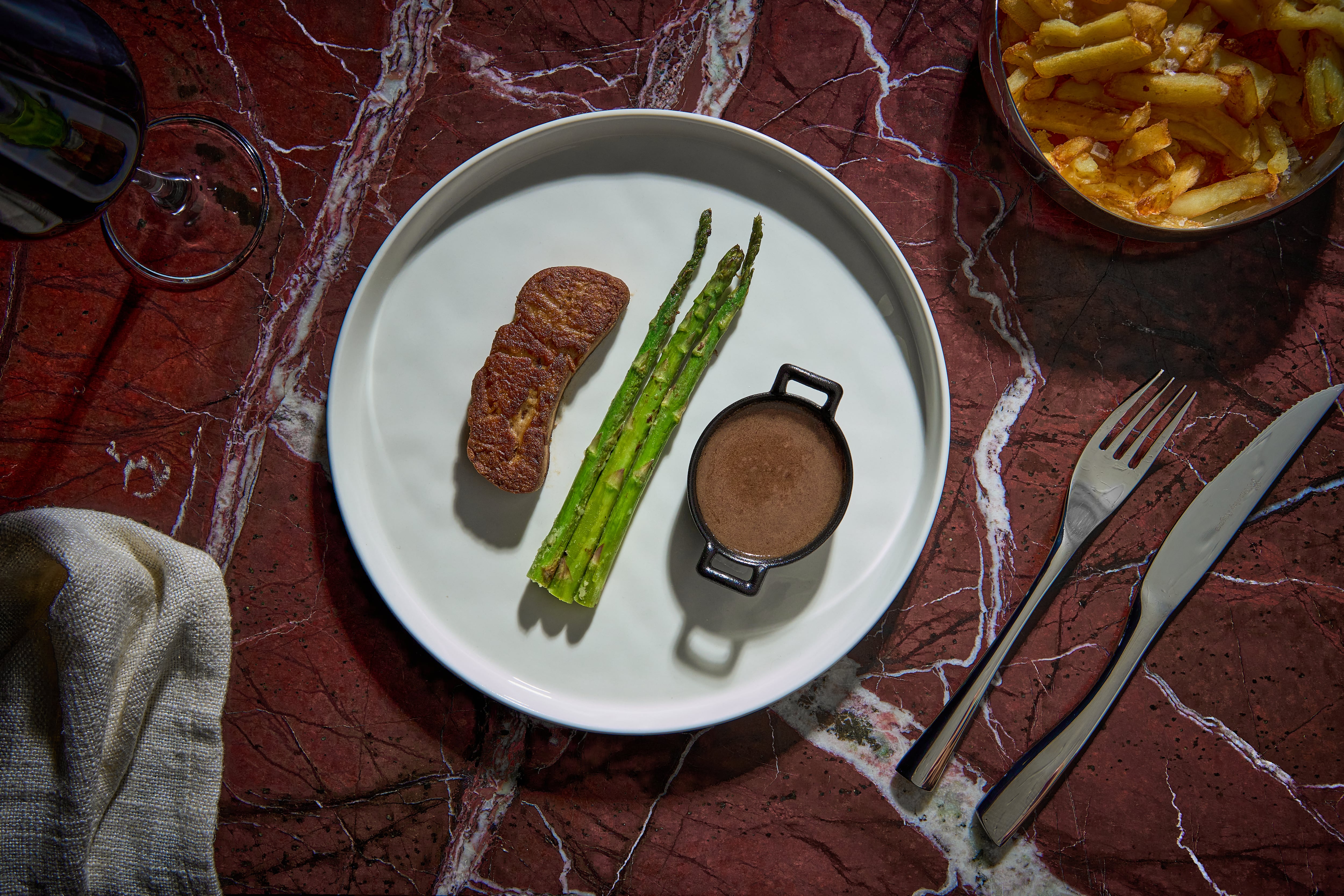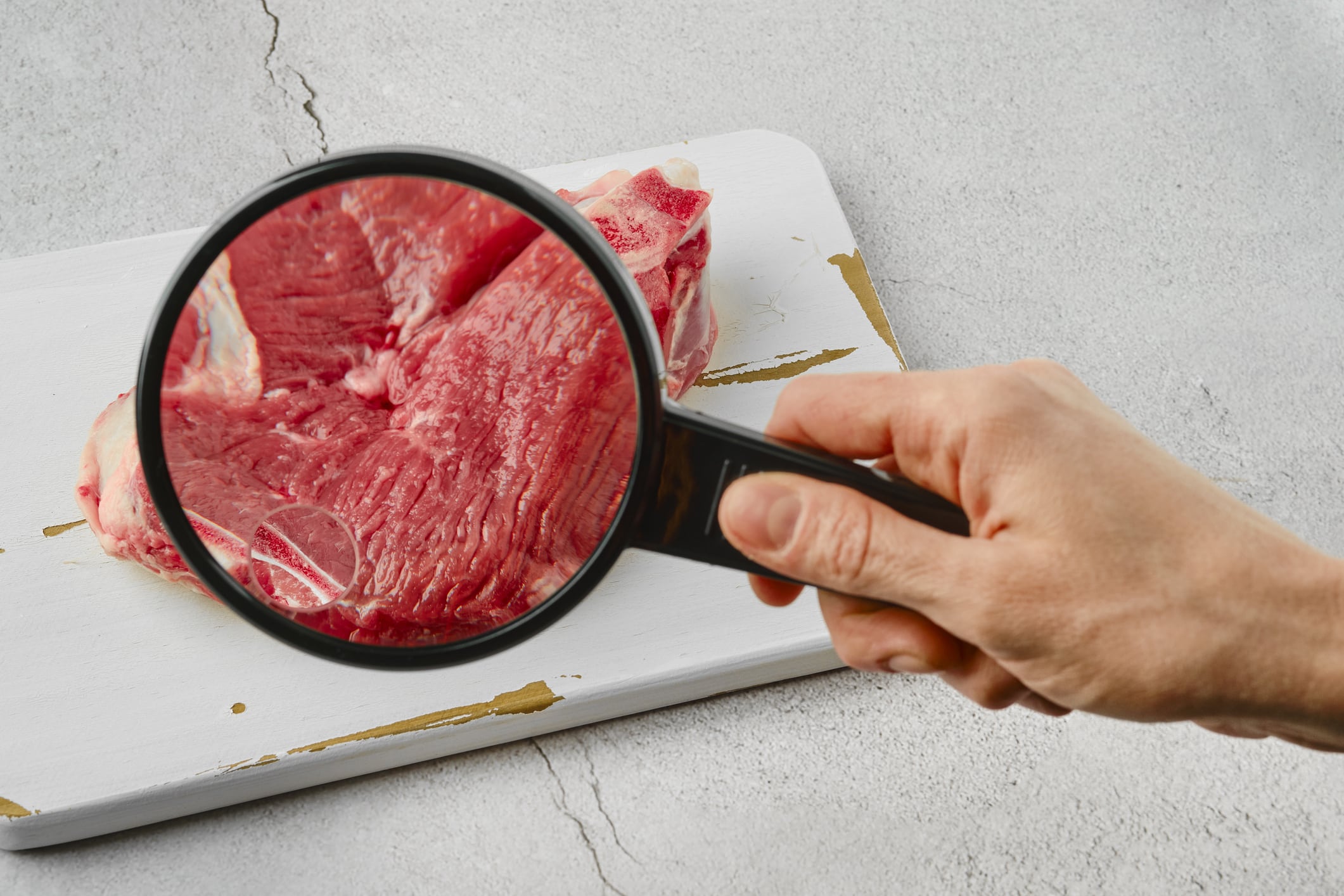Startup Mission Barns is pursuing a two-prong go-to-market strategy for its animal-free, cultured pork products that will hit the restaurant scene and retail in the coming weeks after receiving USDA’s nod of approval late last week.
Last Thursday, Mission Barns revealed it received a grant of USDA inspection for its San Francisco pilot facility and label sign-off for its cultivated fat ingredient, which FDA signed off on earlier this year.
It now expects meatballs featuring its animal fat produced in proprietary bioreactors to be available in select Sprouts Farmers Market in the third quarter and in meatballs and bacon at San Francisco-based restaurant group Fiorella.
The company’s Chief Business Officer Cecilia Chang explains the launch is only one part of Mission Barns’ broader business strategy, which also includes B2B partnerships and global expansion while simultaneously educating consumers, legislators and animal protein producers who might see the advancement as a threat.
“We are focused on a two-phase approach for our B2B partnerships. The first phase for us is really about co-developing with people, so really giving them our cultivated fat flavoring ingredient and letting them make amazing products with it and see what they can do,” including the creation of meatballs, bacon and other products that will be available this summer, Chang said.
“The next stage is about scaling manufacturing with our partners,” she added.
This phase will include making its patented bioreactor technology available to ingredient producers and as a plug-in for their manufacturing, which Chang says allows the company to bring its ingredient to market faster and less expensively.
In addition to being asset light, the company’s approach allowed it to create its cultured fat without genetic engineering, which Chang said lowered the bar for regulatory approval in the US and will make it easier to bring the ingredient to market in other regions of the world that are stricter about GMOs, including Europe, Japan and China.
The long path to market
Mission Barns’ nods from FDA and USDA in quick succession belies the long regulatory path it has blazed or the difficult lessons it navigated.
“We’ve been working with the US regulators for almost four years now at this point, so it has been a long process” – especially considering FDA initially estimated it would only take six months, Chang said.
But, she added, “we learned a lot through the approval process” and ultimately feel even more confident in the product’s safety and potential as an ingredient.
“They asked as lot of questions,” including details about the cell bank, how the cell lines were developed and the genetic stability of the cell lines “all the way down to the output” and the nutritional composition of the biomass and what is in the media, she said.
While much of the process is now available for public review, Chang added, FDA and USDA understand company’s IP concerns and they worked collaboratively with Mission Barns to protect trade secrets by sanitizing public documents.
Is the next battle at the state level?
While FDA and USDA approval goes a long way to assuage safety concerns, several states are actively trying to ban the sale of cultivated products within their borders.
Chang says she does not yet see state bans as a tremendous threat given the company’s production is currently so limited.
A bigger threat, she says, is lack of consumer understanding. That is why Mission Barns is using state efforts to ban cultivated products as an opening to educate consumers, legislators and other stakeholders about the safety of its products, how it not a threat to conventional animal protein production and why it is needed.
“It is not that we see ourselves as the mortal enemies of farmers or anything like that,” she said. “We are really much more a complement in the food system.”



